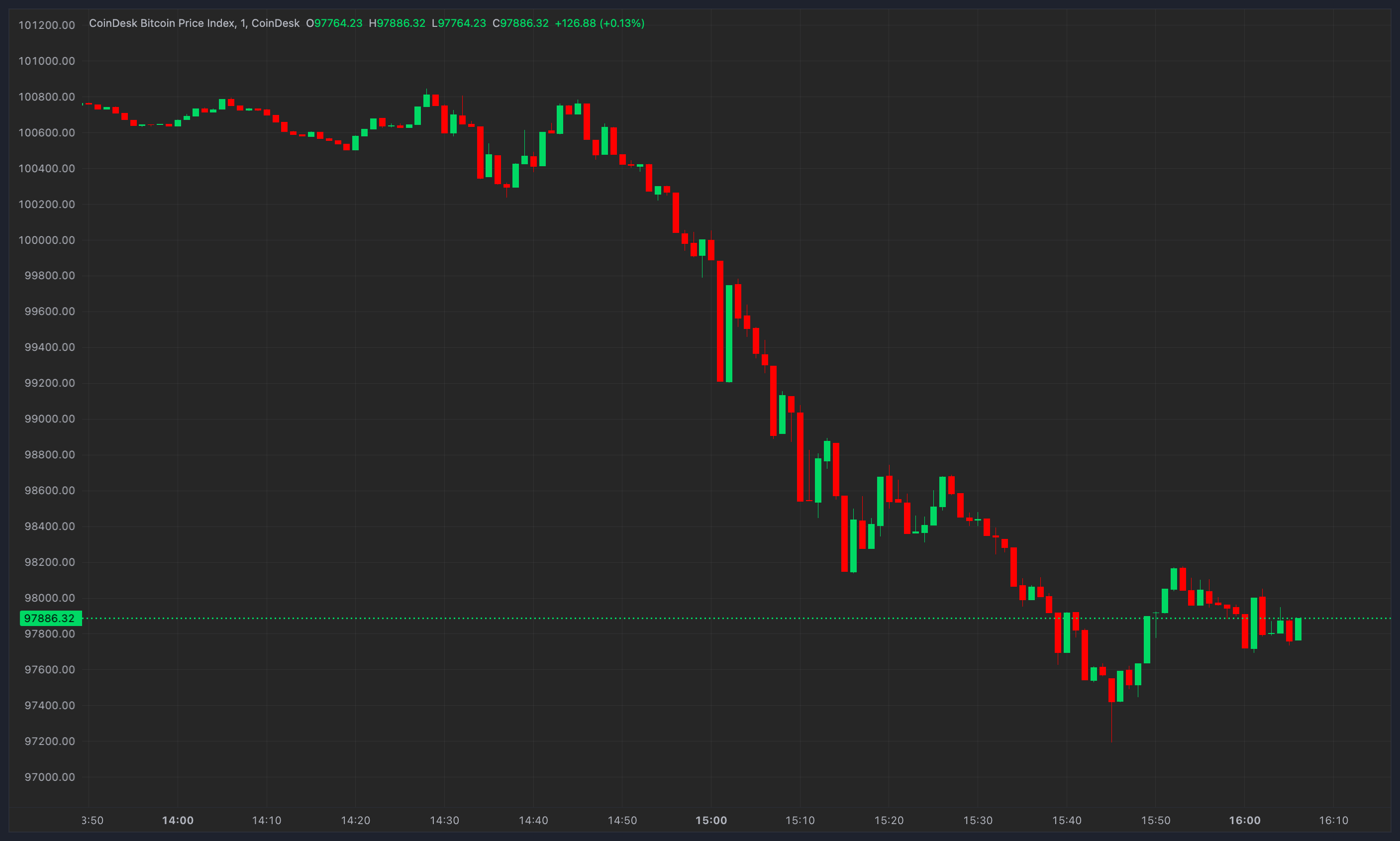
- The cancer research team leveraged Ethereum-based smart contracts to update AI models that accurately predict the emergence of cancerous cells in the body.
- The research team used the swarm learning system wherein all partners updated their AI models simultaneously without needing any intermediary.
We have been seeing the use of blockchain technology for several industrial applications. Now, a team of medical researchers is leveraging the Ethereum blockchain network for cancer research.
As per the latest development, three different teams involved in cancer research are using Ethereum smart contracts to update their AI models without passing them through any centralized authority. These teams rely on these AI models to accurately predict the emergence of cancerous cells in the body. This shows that Ethereum’s smart contract technology has become enough trustable for critical use cases in medical sciences.
Earlier this year in April, Nature Medicine published a research paper called Swarm learning for decentralized artificial intelligence in cancer histopathology from 27 different contributors. The footnote of the research paper shows that the team has been using the Ethereum network for their experiments with cancer.
As medical sciences and medical technology have been advancing, the team used artificial intelligence (AI) to predict the emergence of cancerous cells in patients. This AI model also gives information regarding the shape and size of sells not easily visible to the naked eye.
Ethereum smart contracts – Addressing the Challenge of Data Sharing
But one catch is that these AI systems run on a large input of data. Thus, these systems face “practical, ethical and legal obstacles” in data gathering as the data is being shared across several countries on the globe.
One method to solve this issue is Federated Learning (FL). this doesn’t require researchers to share their data but only their locally-trained AI model weights. However, such AI systems often rely on a centralized coordinator responsible for combining all model weights together. Thus, the coordinator can have greater control over the research project leading to chances of data exploitation.
As a result, the team of medical researchers pointed out the use of swarm learning (SL), a system that leverages blockchain technology to avoid handing any power to a centralized entity. Thus, SL will allow team contributors to their AI model weights keeping all contributors at the same level. Such a setup also makes collaboration between all participants easier. Thus, it helps to feed the AI models with more data making them even stronger.
The research team specifically mentioned that they used Ethereum smart contracts allowing three separate computers to synchronize their AI model weights at designated times. Thus, all three partners updated their AI models simultaneously without needing any intermediary.
The paper notes, “In this setup, the blockchain maintains the global state information about the model”. The research team also found that AI models trained using SL outperformed locally trained AI models.
This is a breakthrough moment for blockchain technology. It will further propel the use of blockchain-based smart contracts for other critical applications.
Related: Ethereum pulled off the Merge – What’s in store for the most famous altcoin now?
Read More: www.crypto-news-flash.com









 Bitcoin
Bitcoin  Ethereum
Ethereum  Tether
Tether  XRP
XRP  Solana
Solana  Dogecoin
Dogecoin  USDC
USDC  Cardano
Cardano  Lido Staked Ether
Lido Staked Ether  TRON
TRON  Avalanche
Avalanche  Sui
Sui  Wrapped stETH
Wrapped stETH  Toncoin
Toncoin  Chainlink
Chainlink  Shiba Inu
Shiba Inu  Wrapped Bitcoin
Wrapped Bitcoin  Stellar
Stellar  Hedera
Hedera  Polkadot
Polkadot  WETH
WETH  Bitcoin Cash
Bitcoin Cash  LEO Token
LEO Token  Uniswap
Uniswap  Pepe
Pepe  Hyperliquid
Hyperliquid  Litecoin
Litecoin  Wrapped eETH
Wrapped eETH  NEAR Protocol
NEAR Protocol  Ethena USDe
Ethena USDe  USDS
USDS  Aptos
Aptos  Internet Computer
Internet Computer  Aave
Aave  Mantle
Mantle  Render
Render  Bittensor
Bittensor  Cronos
Cronos  POL (ex-MATIC)
POL (ex-MATIC)  Ethereum Classic
Ethereum Classic  Virtuals Protocol
Virtuals Protocol  WhiteBIT Coin
WhiteBIT Coin  Tokenize Xchange
Tokenize Xchange  MANTRA
MANTRA  Artificial Superintelligence Alliance
Artificial Superintelligence Alliance  Monero
Monero  Arbitrum
Arbitrum